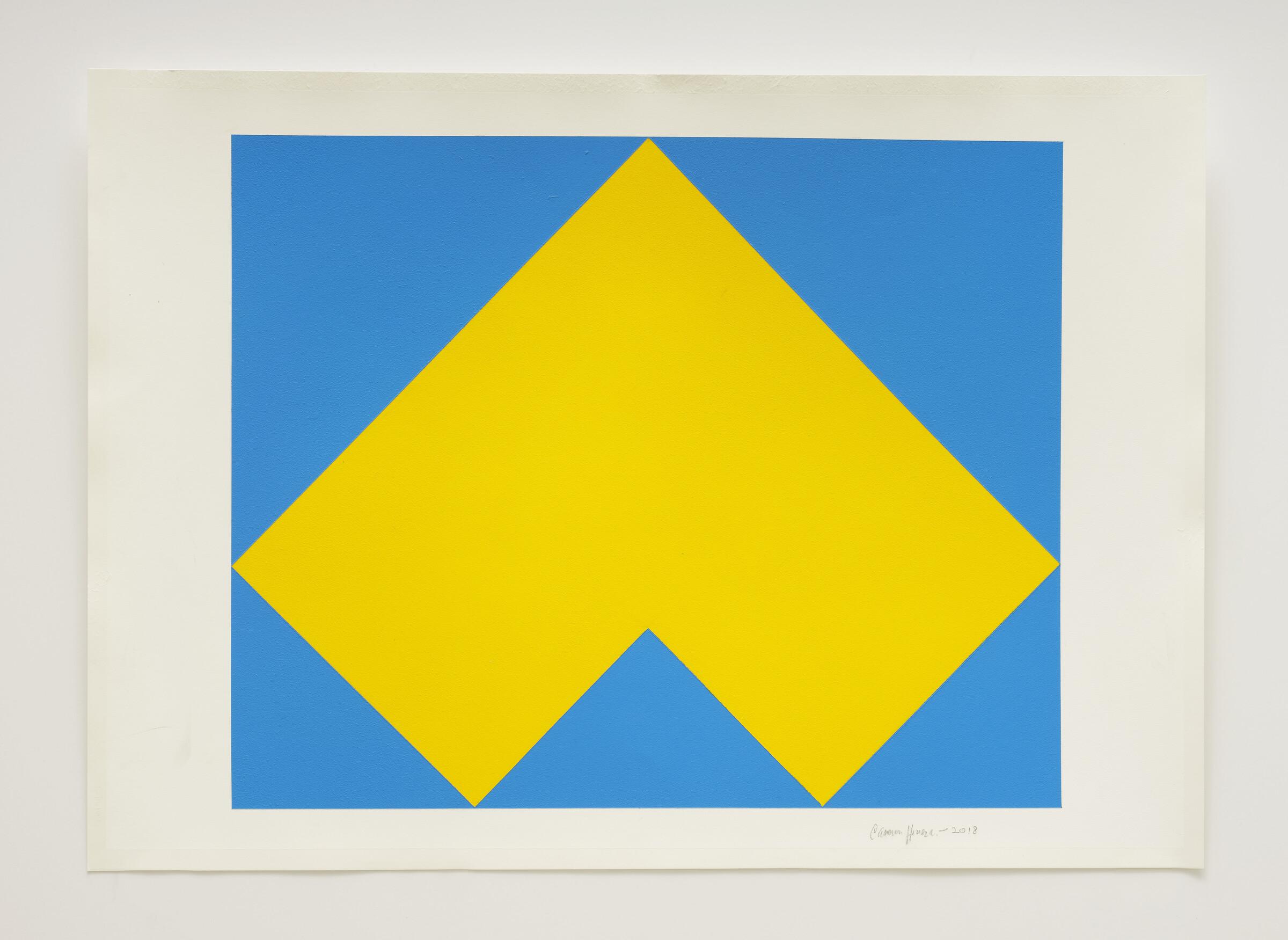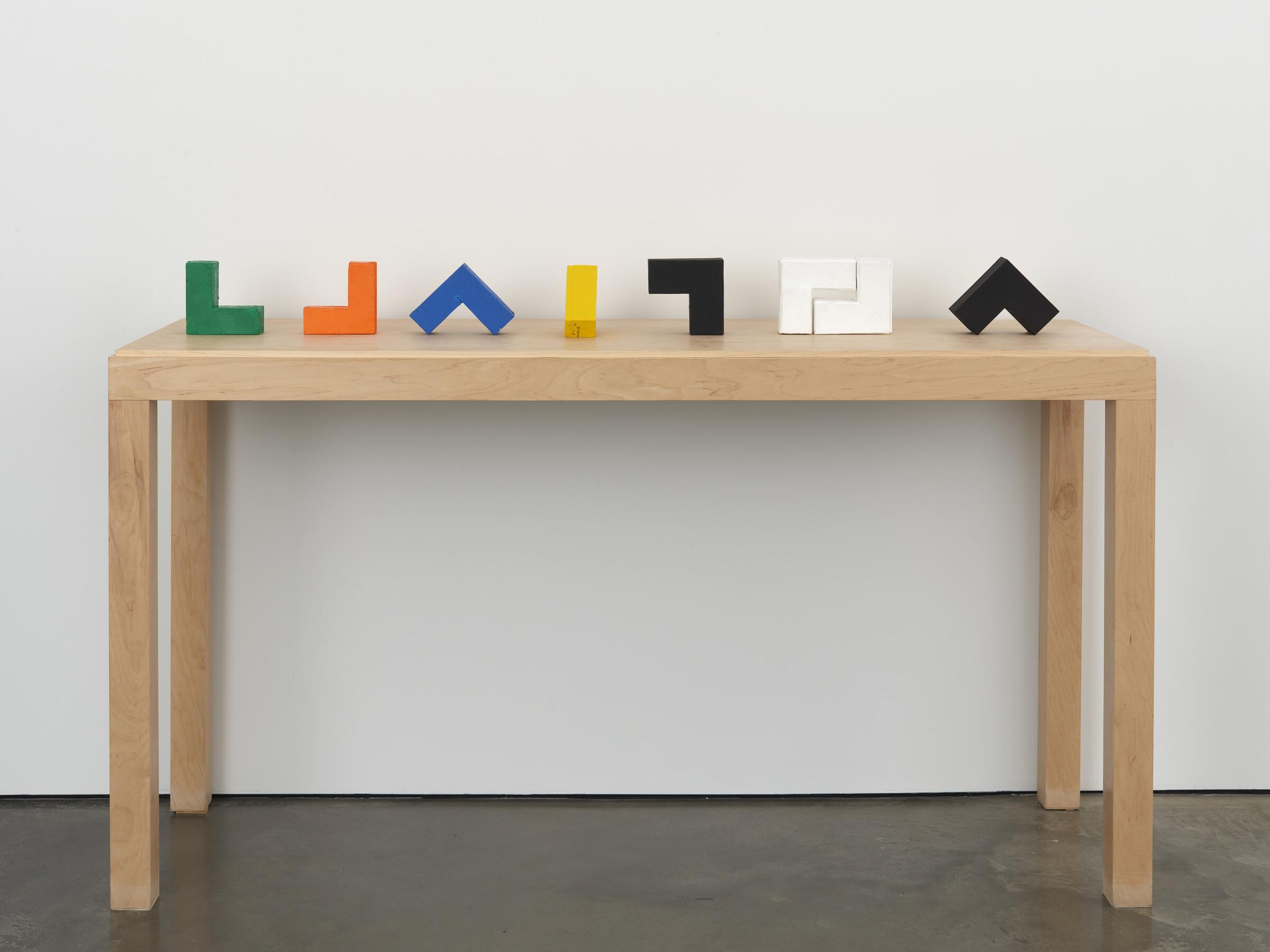Herrera was born in Havana, Cuba in 1915 and raised in a large, cultivated family. As a young woman, Herrera studied art in Paris and New York, but it’s her architectural training at the Universidad de la Habana in the late 1930s that most shaped the artist’s trajectory. “She attributes that moment as encouraging her belief in the beauty of the straight line and of the clarity of form that her work has always had since,” PAF curator Daniel S. Palmer told Art & Object.
Like an architect, Herrera’s basic tools were graph paper, pen, pencil, and masking tape, and her early designs work from floor plans as points of departure. “From the very beginning,” MFAH co-curator Dena Woodall emphasized, “she was thinking in architectural terms even though she wasn’t making buildings.”





























![DEl Kathryn Barton [Australian b. 1972] the more than human love , 2025 Acrylic on French linen 78 3/4 x 137 3/4 inches 200 x 350 cm Framed dimensions: 79 7/8 x 139 inches 203 x 353 cm](/sites/default/files/styles/image_5_column/public/ab15211bartonthe-more-human-lovelg.jpg?itok=wW_Qrve3)



